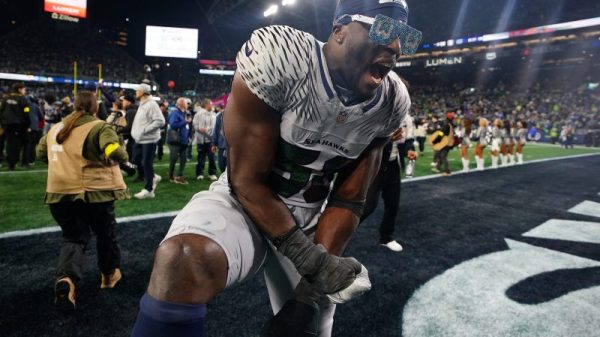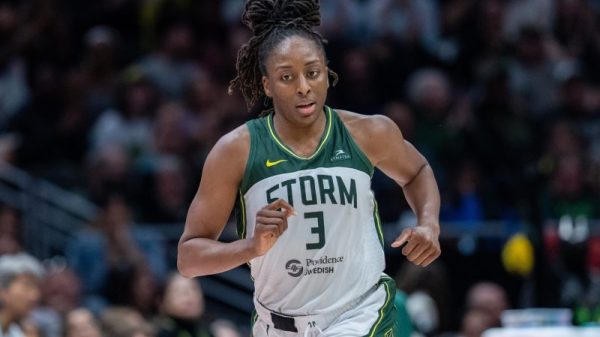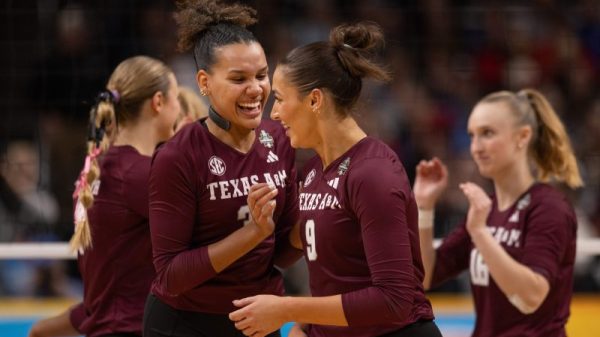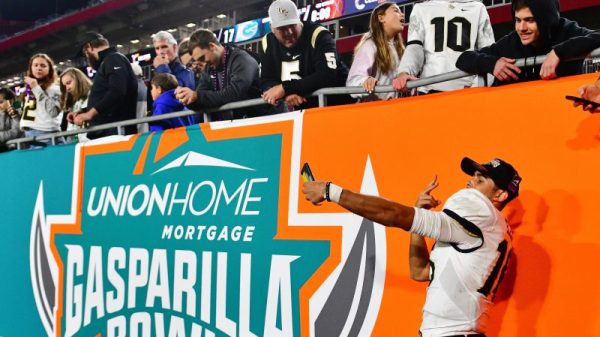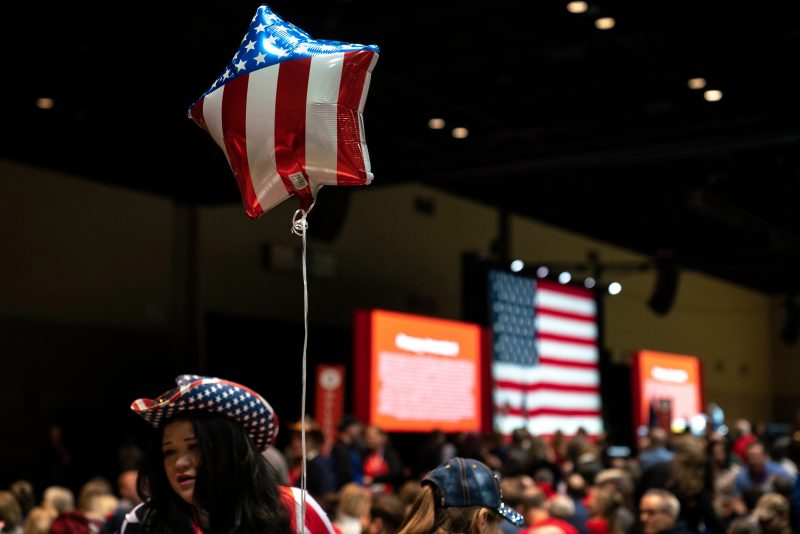The percentage of Americans identifying as independent in Gallup polling has, by one measure, remained steady over the past few years. In January and February 2021, Gallup’s measure had 50 percent of respondents saying that they were independent; in the organization’s most recent release, it’s at 49 percent.
In fairness, that January-February 2021 figure was an outlier. Earlier in January, the percentage was 45 percent; by mid-February, it was 41 percent. But despite such unsurprising fluctuations in the figures, the percentage did mark a well-established pattern: Americans are more likely than they used to be to call themselves independents.
By “well-established,” I mean that this pattern has been obvious for well over a decade. If we look at the average values of those identifying as Democrats, Republicans and independents in each year (in order to smooth out those fluctuations), we see that about two-thirds of American adults identified as Democrats or Republicans in 2004, figures that are now just over 25 percent in each case.
You can also see that this shift was well-established by about 2011. There’s been an uptick in 2023, but for more than a decade a plurality of respondents have said that they are independent.
Or, more accurately, “independent” (in quotes). We can plot the graph above in a different way, showing how much of the public identifies with each political grouping.
But if we segment out the percentage of the population that is not registered with a political party but still votes with one of the parties — a group called leaning independents — we see that most of those who are politically independent still vote with one party or the other most of the time.
This, too, is well-established. You can see that it, again, is more than a decade old. In fact, nearly six years ago I wrote about one of the reasons this happens: Most leaning independents don’t love the party they vote with but they strongly dislike the party they vote against.
This is called negative partisanship, and it’s potent. It’s safe to say that the primary reason Joe Biden is president today is that the alternative was a second term for the deeply unpopular Donald Trump. For all of Trump’s complaints and questions about how Biden could have gotten 81 million votes, the answer is largely negative partisanship: People wanted to vote against Trump.
There are independents who don’t align with either party, of course. About 7 to 10 percent of the respondents in Gallup’s polling have fallen into that category over the past decade. Call them the “true” independents.
In other words, the change since Gallup’s first available party polling, conducted in January 2004, looks like this: joint declines in party identification benefiting the broad “independent” label, but more modest declines in the number of people who say they regularly vote with one party or the other.
This shift has been underway for a long time — driven, as Gallup’s Jeffrey Jones pointed out to Axios, by younger Americans.
Of course, despite the subtle electoral effects, there are real implications for declines in party membership, including on primaries and fundraising. Independent voters report paying less attention to political news and are also less likely to cast votes.
Data from the American National Election Studies shows that self-reported independents who tend to vote with one party or the other account for a growing percentage of those voting in presidential elections. In the 1950s and 1960s, about 31 percent of independents casting presidential ballots were “true” independents. In the past five elections, about 23 percent were. This is likely in large part because the leaning-independent category is growing much more than the “true” independent one.
(These figures are in groups of three elections to smooth out variations and to account for small sample sizes in some cases.)
So who are these “independents” voting for? Usually partisan presidential candidates. In only 1992, 1996 and 2016 did more than 20 percent of “true” independents cast a ballot for a non-major-party candidate — peaking at a third in 1992. This means that at least two-thirds of “true” independents have backed the Democrat or Republican consistently over time.
The argument from third-party groups is that, to a significant degree, this reflects of a lack of viable choices. That’s fair! But it’s not like there is a massive pool of voters who simply won’t vote for a major-party candidate, particularly given that so many independents are eager to vote against one of those parties.
In 2020, the Pew Research Center’s analysis found that 94 percent of Republicans and 95 percent of Democrats backed their party’s candidates. Add in leaning independents, and the percentages become 92 and 94 percent respectively — meaning that most of those leaners backed their preferred party’s candidate, as you would expect.
It’s a continuation of a pattern that’s been in place for years now. Not an insignificant one, certainly, and one that might evolve further as younger Americans get older. But it is certainly not a new pattern.







